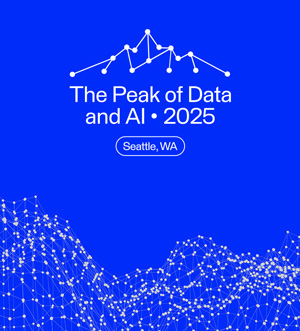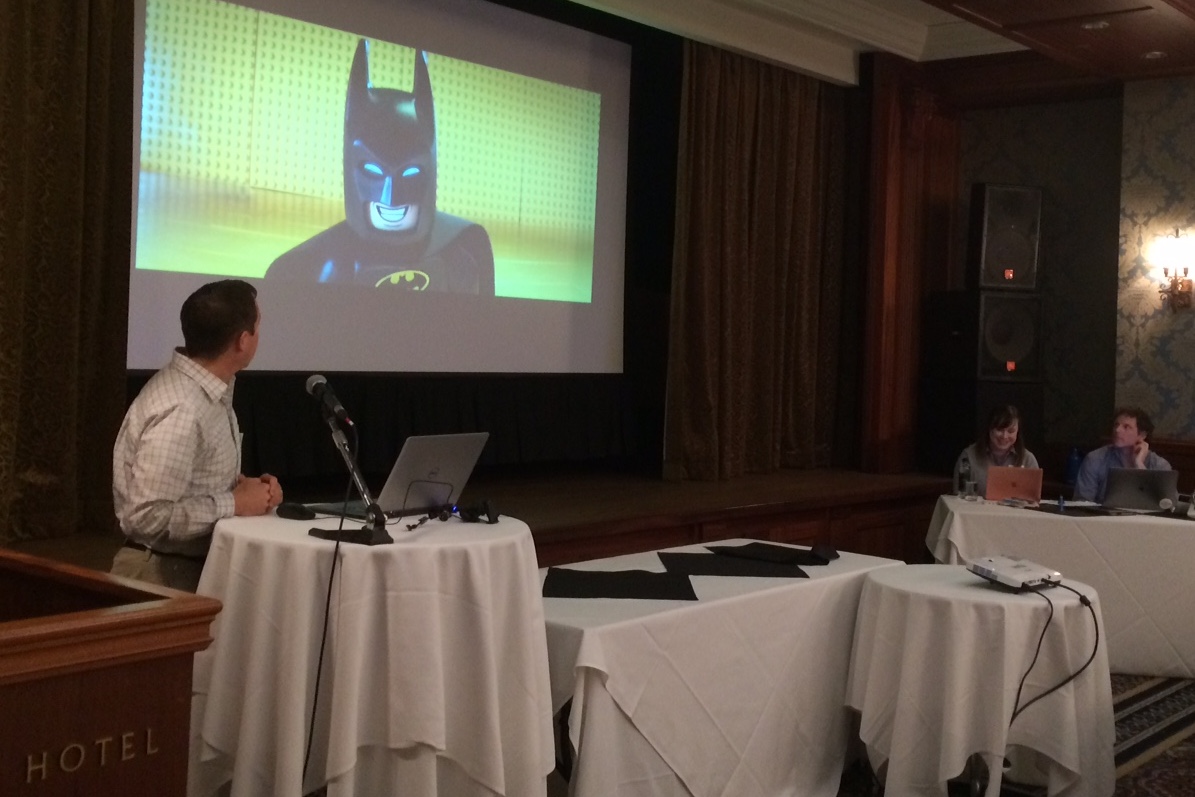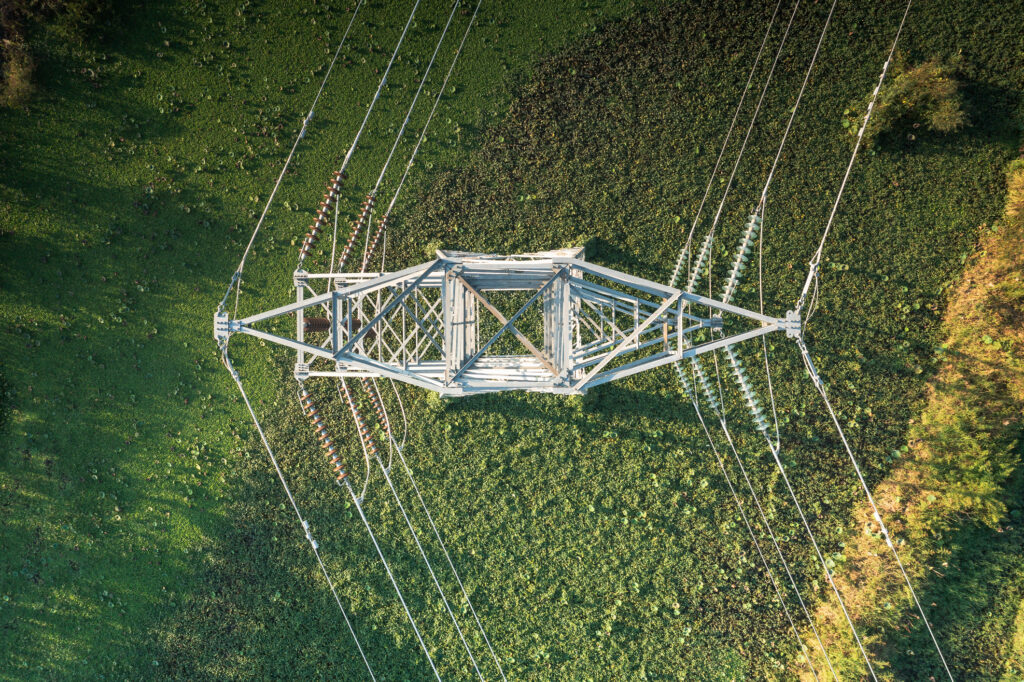Recap: FME World Tour 2017 Kickoff (+ FME 2017.0 Launch)


First thing’s first: FME 2017.0 is officially here. Go get it! Thank you to everyone who downloaded the Release Candidate in January/February and provided us with feedback over the last few weeks. Your beta testing prowess was so valuable in helping us iron out kinks in all this brand new functionality before the official launch.
See What’s New and Download FME 2017.0
The FME World Tour 2017 kicked off yesterday with a live broadcast from Victoria, BC. The theme of this year’s event is magic — so you can be sure the demos involved plenty of potions and enchanted castles. (I was promised the presenters would be wearing wizard robes and carrying wands, but… I guess I’m ok with the generous number of Harry Potter references.)
If you’re still wondering whether to register for the FMEWT stop in your city, or if you’ve registered and want to know what to expect, here’s a point-form look at what was covered yesterday. The full talks will be shared as webinars after the FMEWT is over, so stay tuned for that and sign up for our mailing list to get notified of upcoming webinars.
Opening Session
- Swag and contest announcement: All FME World Tour attendees get a wizard lizard USB stick that includes a chance to win a free pass to this year’s FME UC.

- We built a workspace live to retrieve Planet satellite imagery and build a 3D model of a given area, while diving into all the awesome new features of FME Desktop 2017.0.
- We explored powerful new web connection abilities across FME Desktop, FME Server, and FME Cloud, along with other new features and updates.
Your Data and FME (Useful Spells and How To Cast Them)
This segment focuses on common data workflows. At FMEWT Victoria we shared tips on how to use various databases to your advantage.
- Overview of three main database types: relational, file-based, and NoSQL, plus tips on how to pick the right database for your scenario.
- Demo: how to build an automated workflow that manages database updates and is optimized for field data collection.
- Example: Tensing USA built a workflow to do just that. We showed how they used Esri Survey123 and FME to turn raw field data into ArcGIS Online, Excel spreadsheets, and Microsoft Power BI.
Depending on time, other FMEWT stops might include talks on managing attributes and/or performance tips.
Automating Everything (The Real Wizardry)
Building an FME Workspace is the first step, but automation is where the real magic lies. This part dives into using the power of automation, including new FME Server and FME Cloud capabilities.
- Batch data processing methods. Pros and cons to each approach, with live demos and real-world examples. Approaches include:
- Using wildcards to read entire directories and subdirectories.
- Using the “Batch Deploy” option in FME Workbench.
- Building a workflow using parent/child workspaces.
- Building parent/child workspaces and automating with FME Server.
- Tips to keep everything running smoothly across the enterprise. New power available in FME Server 2017 and FME Cloud:
- Using the new security model for fine-tuned control over all components of your FME Server instances.
- How to move server solutions between machines.
- Enterprise-level control over jobs.
- Building workflows that respond to real-time data. Methods include:
- Using the FME Server Notification Service to act on events in real time.
- Create a polling workflow that detects changes. How it works, real examples, and the workspaces involved.
- Pushing notifications via triggers and webhooks. How it works, real examples, and how to set this up in FME Server.
- How to update databases and web systems in real time using various transformers and writer parameters.
Customer Presentation: Extracting Text from PDFs
When faced with the challenge of pulling text from PDFs, Tim Albert of the Victoria Airport Authority tried several methods of getting FME to do this. Unfortunately, PDFs are huge conglomerates of information, and FME can’t inherently do this (yet). There’s so much stuff jammed into these files: text, vector drawings, raster images, imaging models, header info, mapping info, etc.
“I needed a hero.”
Tim realized he had to enlist the help of a tool outside of FME. Tools to extract text from PDFs exist, and with the right transformers, FME is able talk to them. Tim found a command-line tool called PDFtoText and built an FME custom transformer to interact with it via the FeatureReader and FeatureWriter. His advice: If you need to do something outside of the range of FME, put it into a custom transformer and upload it to FME Hub.
Try Tim’s custom transformer for PDF reading.
His next step was to use FME Server to automate all PDF-to-text conversions. After that, he focused on how people were going to get this data, and built a data delivery solution with FME Server.
Tim’s was an impressive and inspiring demo of what’s possible with a few transformers and FME Server. When he discovered a shortcoming in the functionality he needed, he was able to tie in an external library and build a totally automated solution. Not only that, but he also shared it on FME Hub for others to use.
Nice work, Tim! We’ve got tons of stories like this at FME World Tour stops around the world, and about 10x that at the upcoming FME UC, so be sure to check them out.
See also: Integrating Third-Party Tools with FME (No Coding Required)
Expanding FME Frontiers (Dark Magic)
Technology moves quickly, and it can be a challenge to keep up with it. This section has talks focusing on the vast and mysterious data challenges of tomorrow.
- Using data visualization and business intelligence apps to gain insight from web and business data.
- How to build a workflow to manage data in various web and business systems, and make it presentable via reports and business intelligence apps.
- Example: using GIS concepts to visualize healthcare data and gain groundbreaking insight.
- Overview of leading companies in data visualization, and how to leverage them from within FME.
- Example: how Qlikmaps helped gain insight from video/sensor data of airport passenger flow.
- Example: how Sweco used Tableau to visualize infrastructure asset management and gain important insights.
- How to access and make valuable use of the latest satellite imagery available from various companies.
- Comparing and contrasting Landsat (NASA), Sentinel (ESA), Planet, and UrtheCast. We looked at how to access and use the data/imagery they provide.
- Example workflows that use this imagery.
- Tips for maximizing performance when working with these large cloud-based databases of imagery.
*
Sound like topics you’d like to learn more about? Register for the FME World Tour stop in the city nearest you. If you can’t make it, stay tuned for our upcoming webinars on all of the above topics.





